When planting Watermelons, you want to choose the right companion plants. Some plants will help your Watermelon grow and produce fruit, while others can harm it. When choosing companion plants for Watermelons, it is important to consider the needs of the Watermelon plant. Watermelons require full sun and well-drained soil. They are also quite sensitive to frost, so choosing plants that do not compete for sunlight or water is important.
Watermelons are popular summer fruit and relatively easy to grow. However, like all plants, they have specific needs and preferences. When it comes to companion planting or planting different types of plants near each other, there are some good choices for Watermelons and some that aren’t so great. Let’s check out the Best and worst companion plants for Watermelon below.
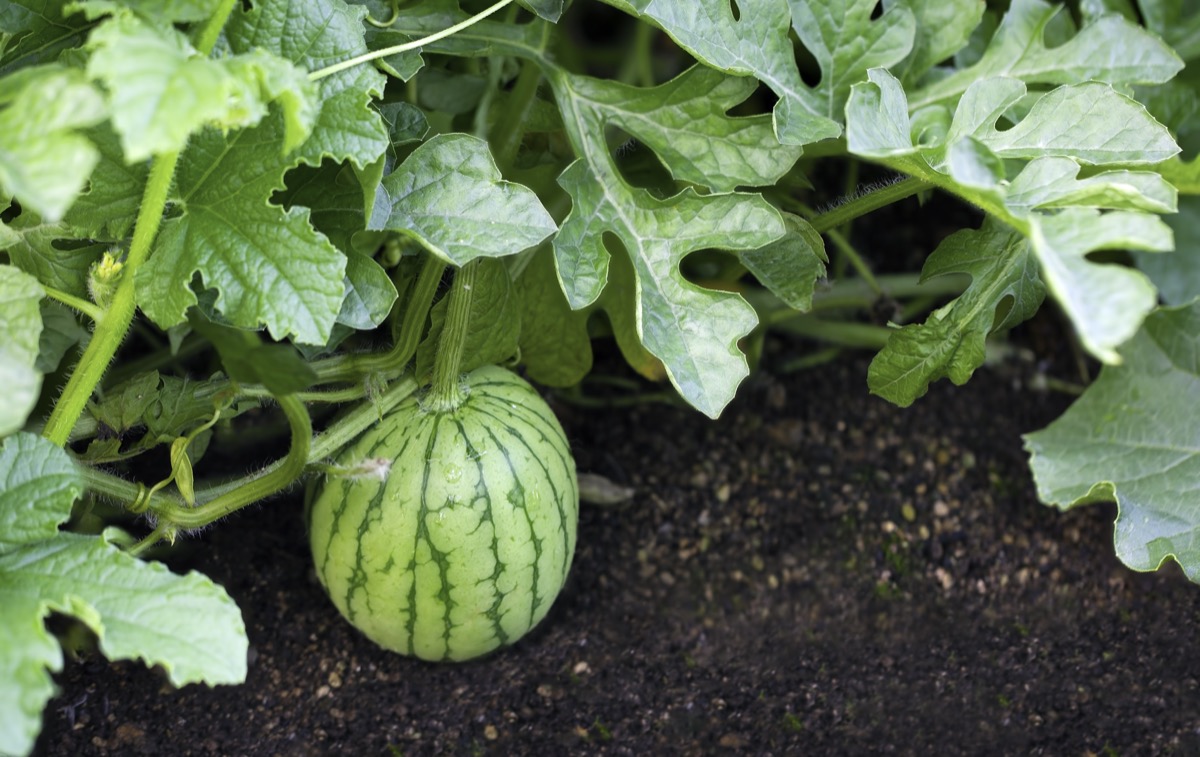
Best Companion Plants for Watermelons
Onions
Onions are one of the best companion plants for Watermelons. They help to repel pests and improve the flavor of the Watermelon. Plant Onions around the edge of the Watermelon patch or interplant them throughout. Onions should be planted at the same time as the Watermelon and can be grown in the same or separate beds.
Garlic
Watermelons are a hot weather crop that thrives when planted in full sun. They are also quite sensitive to cold temperatures, so it is important to wait until the soil has warmed up before planting. In terms of companion plants, Garlic is one of the best. Garlic helps to repel pests that might otherwise damage Watermelons and improves the flavor of the fruit.

Not only does it help repel common Watermelon pests like ants, aphids, and Cucumber beetles, but it also improves the flavor of the Watermelon. If you’re growing your Garlic, plant it at least two weeks before you plant your Watermelons.
Leeks
Regarding companion planting for Watermelons, Leeks are one of the best options. They help to keep the soil moist and cool, which is ideal for Watermelons. In addition, Leeks also have a strong root system that can help to support the Watermelon plant. When planting Watermelons, you might wonder what the best companion plants are. You might also be wondering what plants to avoid planting near your Watermelons. Leeks can help deter pests from attacking your Watermelon plants. They can also help improve the flavor of your Watermelons.
Chives
Chives have long, slender green stalks and small, round, lavender-colored flowers. The leaves and flowers of Chives are edible and have a mild Onion flavor. Chives are a good companion plant for Watermelons. They repel aphids and other pests that can damage Watermelon plants. Chives also improve the flavor of Watermelons. Chives also help keep the soil moist and cool, perfect for Watermelons.
Shallots
Shallots are a good companion plant for Watermelons because they help improve the fruit’s flavor. The two plants also share similar growing requirements so they can be grown together without any problems. They help to repel pests and improve the flavor of the Watermelon. When planting Shallots, plant them at least six weeks before the Watermelon so they can mature. They help to keep the soil moist and help to prevent erosion. They also help to keep the fruits from getting too hot.
Beans
The best companion plants for Watermelons will help keep the soil moist and full of nutrients. Bean plants can also help shade the Watermelons from the hot summer sun, preventing them from becoming too ripe too quickly. Watermelons are vining plants that require a lot of space to grow. They are typically grown in fields or large gardens. Watermelons are not typically grown in containers.
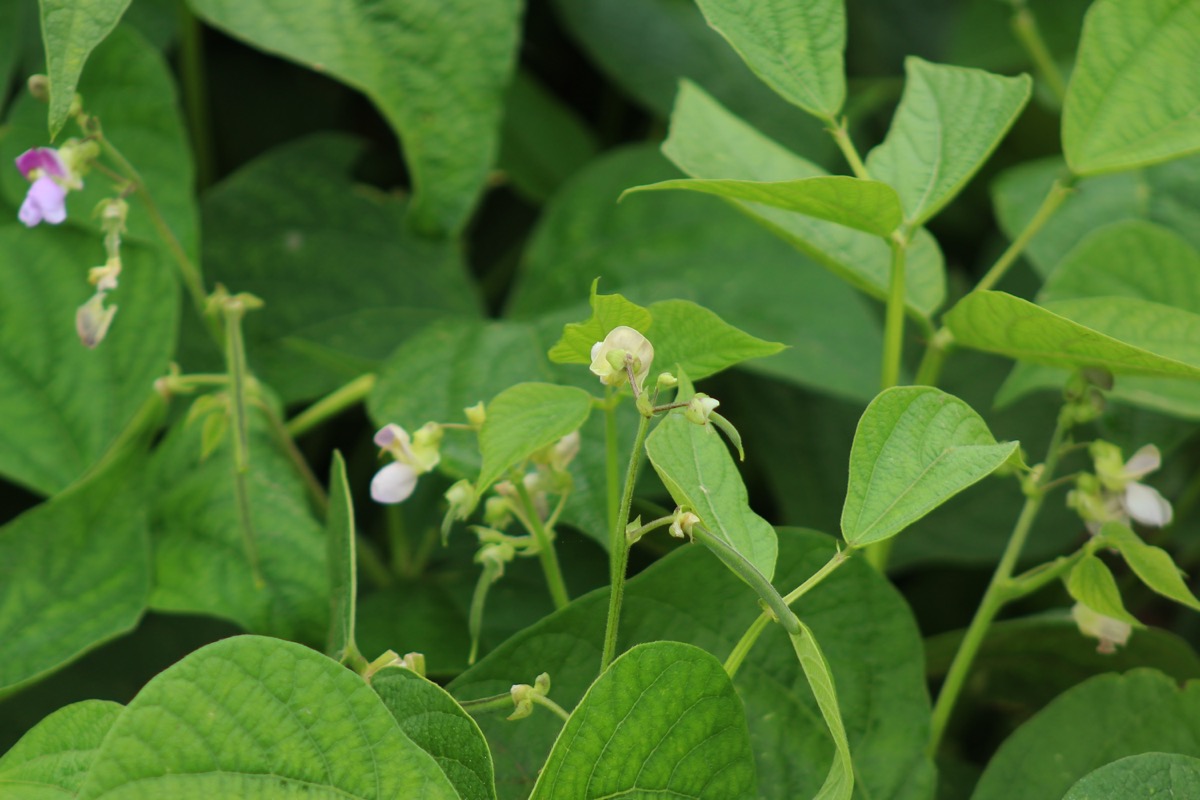
Beans are a good companion plant for Watermelons. Beans provide support for the vining Watermelon plants and also help to keep the soil moist. The Beans also add nitrogen to the soil, which benefits the Watermelons. However, Beans should not be planted too close to the Watermelons. The Beans can shade the Watermelons and compete with them for moisture and nutrients. Planting the Beans on the edge of the Watermelon patch or in a separate area is best.
Carrots
Carrots are often considered the perfect companion plant for Watermelons, but this is not always true. While Carrots can help keep Watermelons healthy by deterring pests and providing nutrients, they can compete with Watermelons for space and resources. When planting Carrots and Watermelons together, keep them well-watered and thin out the Carrots if they crowd the Watermelons.
Spinach
Spinach is the best companion plant for Watermelons. Spinach provides shade and protection for Watermelons and helps keep the soil moist. The Spinach also helps to keep the Watermelons from getting too much sun. When planted together, the Watermelons shade the Spinach and protect it from the hot sun. The Spinach will also help keep the soil moist and cool, perfect for growing Watermelons.
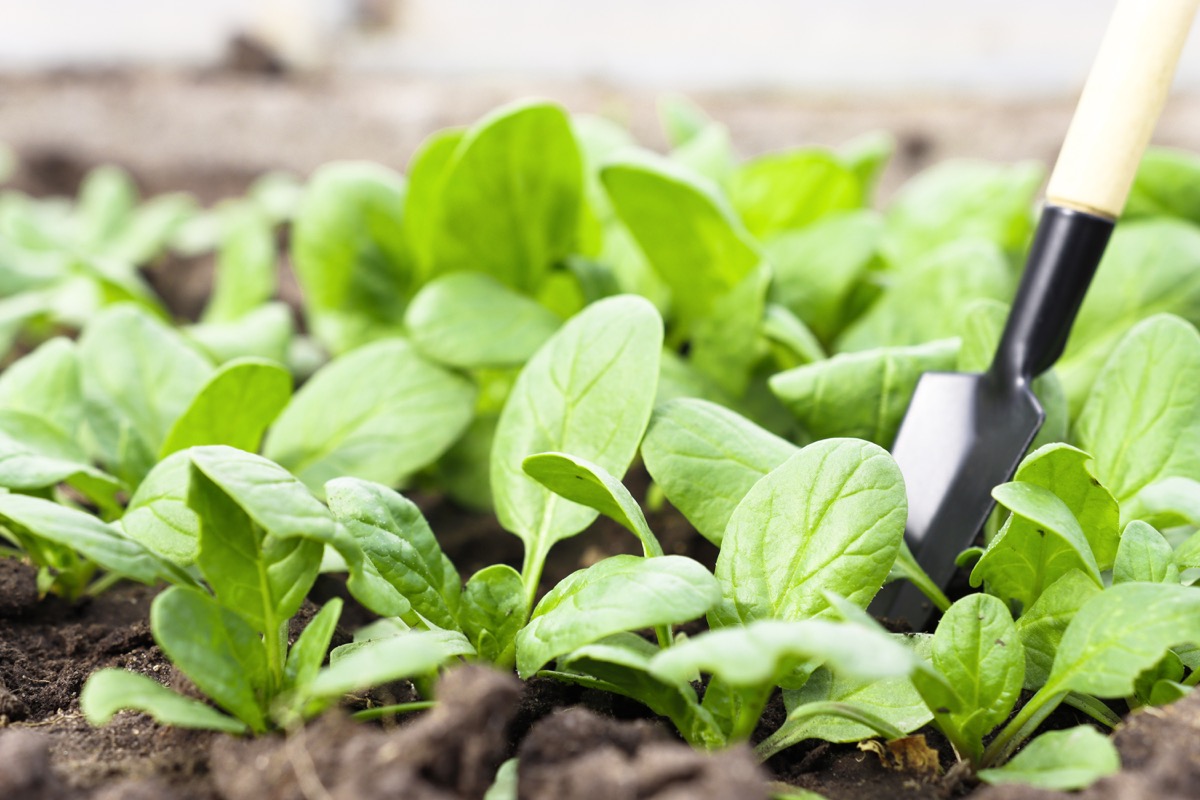
Lettuce
Lettuce is one of the best companion plants for Watermelons. It keeps the soil moist and cool and provides shade for the Watermelons. Lettuce is often considered a good companion plant for Watermelons, as it can help to shade the ground and keep the roots cool. However, it is important to note that Lettuce can be fairly aggressive and may crowd out other plants if not kept in check.
In addition, Lettuce is a relatively shallow-rooted plant and may compete with Watermelons for water and nutrients if not given enough space. Overall, Lettuce can be a helpful companion plant for Watermelons, but monitoring its growth is important and ensuring it does not become too aggressive.
Mint
Watermelons are one of the best summer fruits. They’re refreshing, hydrating, and packed with nutrients. But to grow Watermelons, you must be careful about your companion plants. Some plants can harm your Watermelon crop. Mint is a great companion plant for Watermelons because it repels many common pests that can damage Watermelon plants. Mint also helps to improve the flavor of the Watermelons.
Catnip
Catnip is often grown as a companion to Watermelons, as the strong scent of the leaves is said to deter pests such as aphids, whiteflies, and spider mites. However, some gardeners believe Catnip may attract certain insects, so it is best to research before planting this herb near your Watermelon patch.
Nasturtiums
Nasturtiums are a great companion plant for Watermelons. They help repel pests and act as a trap crop, drawing pests away from the Watermelons. Nasturtiums are also a good source of nutrients for Watermelons. Nasturtiums are one of the best companion plants for Watermelons. They help to repel pests and improve the flavor of the Watermelon. They also help to keep the Watermelon plant healthy by providing nutrients and improving drainage.
Worst Companion Plants for Watermelons
Sunflowers
Most people think of Sunflowers as cheerful, happy plants. Sunflowers are heavy feeders and will compete with Watermelons for nutrients in the soil. They also have a deep taproot system that can steal moisture from Watermelons. And to make matters worse, Sunflowers attract bees which can pollinate Watermelons and cause them to develop off-flavors.
Cucumbers
Watermelons and Cucumbers are not the best companions. Cucumbers are much more sensitive to water and temperature changes than Watermelons, making them more likely to wilt or rot if grown together. Cucumbers are also known to attract harmful insects that can damage Watermelons. For these reasons, it is best to grow Watermelons and Cucumbers separately.

Kale
Kale is one of the worst companion plants for Watermelons. Kale will rob Watermelons of nutrients and moisture and harbor pests and diseases that can harm Watermelons.
Cabbage
Companion plants for Watermelons, as they compete for space and water. Cabbage is a heavy feeder that quickly depletes soil nutrients, leaving little for other plants. Additionally, Cabbage is susceptible to pests and diseases that can spread to Watermelons. For these reasons, it’s best to avoid planting Cabbage near Watermelons.
Pumpkins
Pumpkins and Watermelons are often planted in the same field but are not good companions. Pumpkins release a compound called cucurbitacin that inhibits the growth of other plants, including Watermelons. Planting Pumpkins and Watermelons together can result in smaller, less delicious Watermelons.
Tomatoes
In general, Tomatoes are not good companion plants for Watermelons. Tomatoes and Watermelons are vining plants that require a lot of space to spread out, so they can compete for resources. Additionally, Tomatoes are susceptible to the same diseases as Watermelons, so planting them together can increase the chances of your crop being affected. Finally, Tomatoes produce a lot of heat, which can be detrimental to Watermelons, which prefer cooler temperatures.
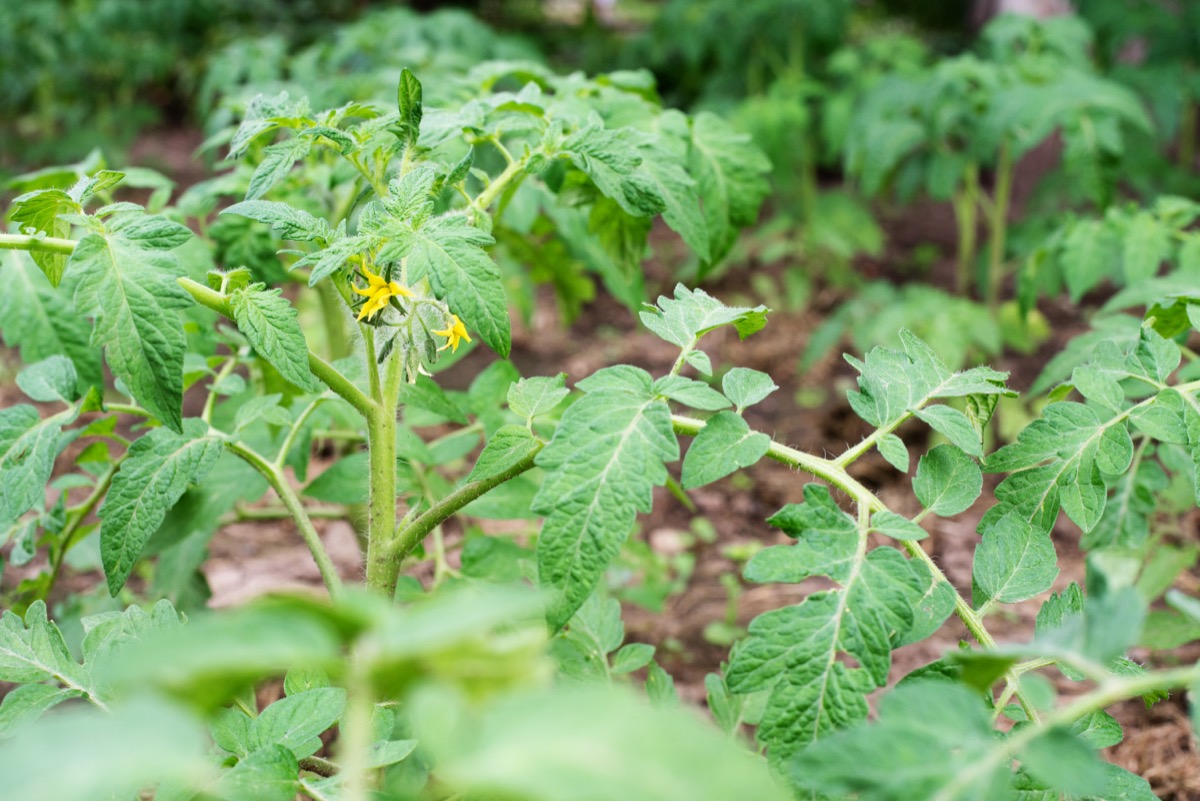
Peppers
There are few things worse than finding your Watermelon plants overrun with Peppers. Peppers are aggressive growers and can quickly take over a Watermelon patch if left unchecked. They also compete for resources, making it difficult for Watermelons to get the nutrients they need to thrive. In addition, Peppers are known to attract pests that can infest Watermelon plants, such as aphids and whiteflies. If you’re growing Watermelons, keeping Peppers far away from them is best.
Zucchini
Watermelons and Zucchini are not the best companions. Zucchini, also known as summer squash, is a member of the cucurbit family. These plants share some common characteristics, including vines that like to spread out and take over space. Watermelons need a lot of room to grow. They are typically planted in hills or mounds, with six to eight plants per hill.
However, even though Zucchini is more compact than Watermelons, it’s still a vine that likes to spread out. This can cause problems when the two plants are grown together. The Zucchini vines can quickly take over the space meant for the Watermelon plants, crowding them out and making it difficult to get the sunlight and nutrients they need to thrive. For these reasons, it’s best to avoid planting Watermelons and Zucchini together.
Potatoes
Potatoes are one of the worst companion plants for Watermelons. They compete for space and water; their roots can damage the Watermelon plant’s roots.
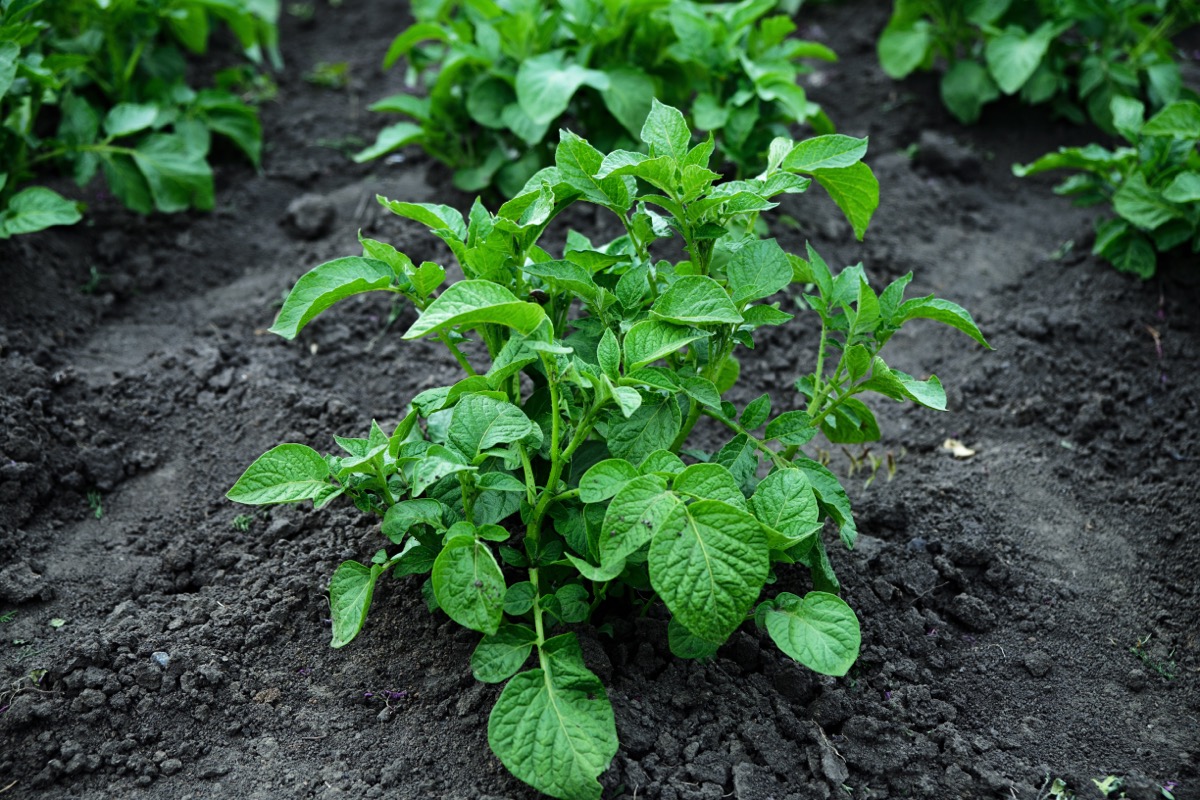
Conclusion
When choosing companions for your Watermelons, it’s important to consider which plants will compete with the Watermelons for resources like water and nutrients. Some of the best companion plants for Watermelons don’t compete too vigorously for these things. On the other hand, some plants should be avoided as companions for Watermelons.
These plants tend to be heavy feeders that can out-compete the Watermelons for resources, making it more difficult for them to thrive. In general, it’s best to plant your Watermelons in an area with plenty of room to spread out without being crowded by other plants. This will help ensure they get the resources needed to produce healthy fruits. You can enjoy a delicious crop of Watermelons this summer with a little care and attention.
- How to Grow Tomatoes Organically at Home: A Comprehensive Guide
- Organic Gardening on a Budget: Low-Cost Methods and Materials
- Gongura Seed Germination and Planting Methods
- Cabbage Seed Germination and Selection
- Broccoli Seed Germination and Selection
- Asparagus Seed Germination and Variety Selection
- Seasonal Flower Gardening: Best Practices for Spring, Summer, Fall, and Winter
- How to Grow Hibiscus from Flower
- Plantation Ideas for Home Decoration: A Beginners Guide
- Flower Garden Designs and Layouts for Beginners
- Planting and Spacing Techniques in Papaya: A Beginner’s Guide
- Growing Gold: Essential Techniques for Planting Pineapples
- How to Make Kalanchoe Plant Bushy: Home Remedies and Solutions
- 11 Reasons Why Your Gardenia is Not Blooming: Home Remedies and Solutions
- Eco Elegance: The Guide to Designing a Drought-Tolerant Landscape
- Gardening on a Slope: Strategies for Hillside Landscaping
- Nourish and Flourish: Top Organic Mulches for Thriving House Plants
- Everything You Want to Know about Indian Mogra Flower: Discover Uses and Growing
- Green Thumb Success: Expert Tips for Cultivating Greenhouse Pumpkins All Year Round
- Maximize Growth & Flavor: The Ultimate Guide to Companion Planting in Herb Gardens
- How to Control Rhododendron Problems Naturally: Home Remedies and Organic Ways to Fix Them
- Natural Magic: The Remarkable Benefits of Cinnamon for Plants
- Best Steps to Revive Dying Tulip with Natural and Organic Treatment
- 10 Reasons Why Your Angel Trumpet is Not Blooming: Remedies and Treatment
- How to Fix Periwinkle Leaf and Flower-Related Problems: Natural Remedies and Solutions
- How to Fix Zinnias Leaf and Flower Problems: Discover Natural and Home Remedies
- Organic Steps to Induce Lemon Tree Flowers: A Comprehensive Guide
- Bloom Booster: Crafting the Perfect Homemade Bougainvillea Fertilizer
- Optimizing Growth: A Guide to Applying NPK Fertilizer for Potted Plants
- 10 Best Homemade Fertilizers for Rubber Plant: DIY Recipes and Application Method
- How to Boost Female Pumpkin Flowers: Effective Steps for More Flowers and High Yields
- Transform Your Indoor Garden: Top Benefits of Pink Salt for Houseplants
- 10 Best Homemade Fertilizers for Peacock Plants (Calathea): Easy DIY Guide
- Unlock Blooms: 9 Reasons Why Your Potted Chrysanthemum is Not Blooming
- 8 Reasons Why Your Potted Hibiscus is Not Blooming: Fix it with Simple Solutions
- Unlock Blooms: 9 Key Reasons Your Potted Frangipani Won’t Flower